6 Grocery Chains That Are Making Themselves Healthier
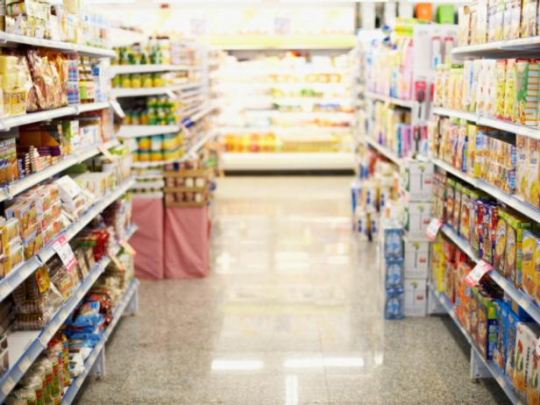
Most of us shop for food at supermarkets. And while it’s possible to get healthy food there (hint: shop the perimeter), sometimes it feels like we’re being thwarted in our efforts to buy healthy food (we’re looking at you, checkout lane). So it’s refreshing to hear that several of the nation’s grocery stores are taking steps to make it easier for us to buy and eat healthier.
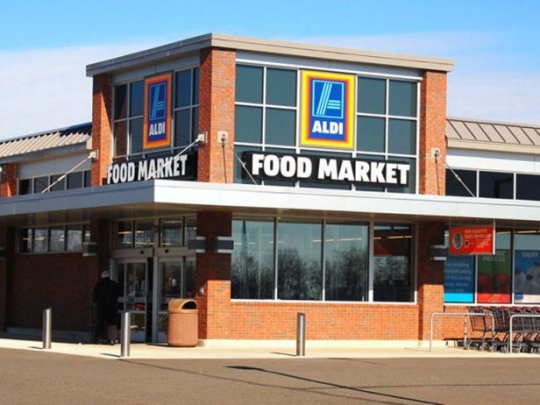
Aldi
Discount-grocery chain Aldi has taken yet another step toward healthy eating: It has removed certified synthetic colors, partially hydrogenated oils (PHOs) and added MSG from all of its store-brand products. This follows Aldi’s previous initiatives, which include expanding organic-produce options, creating a SimplyNature line of products that’s free of over 125 ingredients and highlighting Dietitian’s Picks.
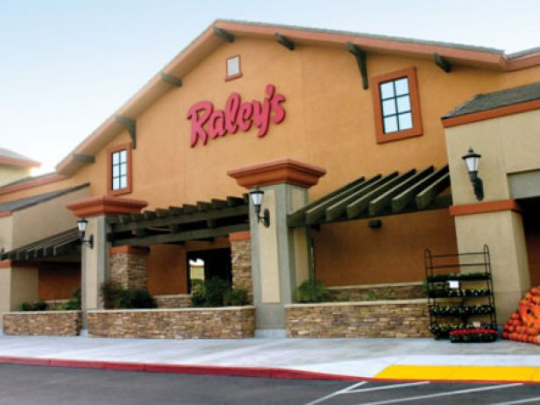
Raley’s
The checkout lane can be a landmine for shoppers trying to make healthy choices. California-based Raley’s grocery store is removing tempting candy and junk food from some checkout lanes to make them more family-friendly. We think it’s a great move for everyone!
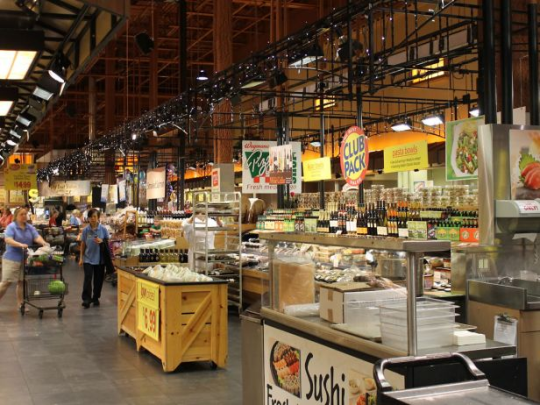
Wegmans
Wegmans has put its own spin on the USDA’s plate method: “Half-Plate Healthy.” (Admittedly, it’s not a new initiative; they launched it in 2008.) As part of the plan, they’re encouraging customers to make half their plate produce by offering $6 meals. Customers can choose two servings of vegetable side dishes, fruit or a combination of both, and the other half of the plate is an entree.
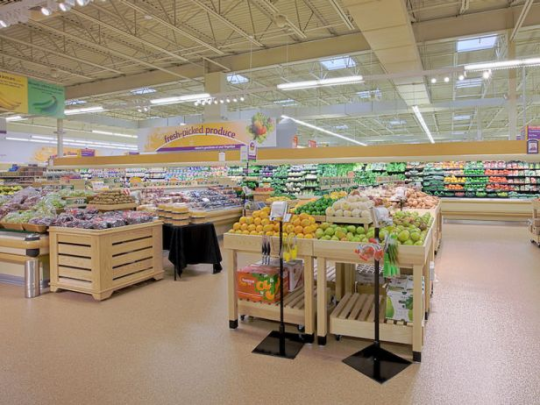
Giant
Last June, the Giant grocery store chain, with markets in Virginia, Maryland, Delaware and the District of Columbia, launched a magazine for customers called Savory Fast, Fresh and Easy. It gives shoppers nutritious, money-saving meal planning ideas that link directly to offers in the stores. You can find it in stores, as a tablet app or online here.
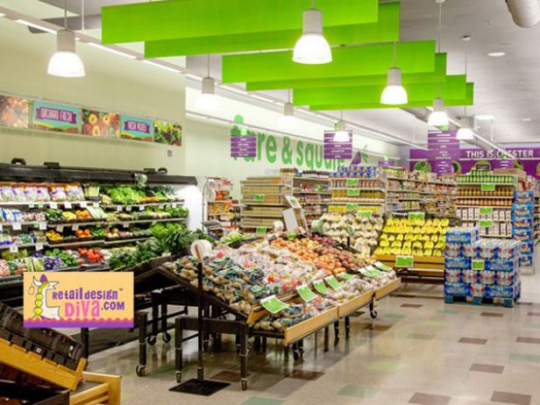
Fare & Square
A nonprofit grocery store in Chester, Pa., operated by Philabundance, the Philadelphia area’s largest food bank, recently rolled out a healthy-eating incentive in the form of a rewards program for buying produce. As of 2016, Fare & Square has added a produce reward for its Carrot Club members — when you shop and buy produce, 3 percent of the produce purchase is banked for the future.
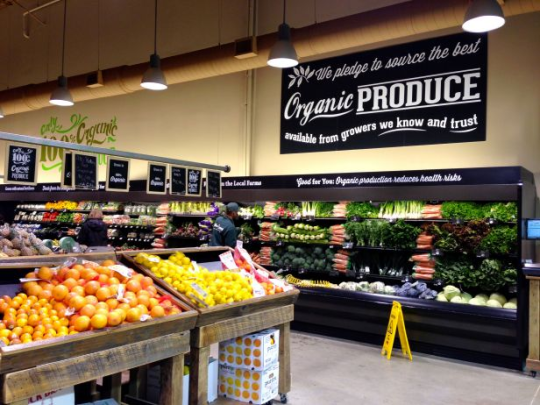
Mrs. Green’s
Mrs. Green’s, a grocery store with locations in the New York metro area and Chicago, is slated to bring HowGood sustainability to their shelves in 2016. The ratings will be displayed next to the price tag and will provide shoppers with a simplified scoring system of the best, most-sustainable food products available. HowGood’s research model uses up to 70 indicators per product to evaluate its overall impact, both social and environmental. These indicators range from the brand’s sourcing standards to production practices and a company’s conduct over time. Currently, HowGood’s rating system is in use at over 70 grocery stores in 26 states.
Kerri-Ann is a registered dietitian who writes on food and health trends. Find more of her work at kerriannjennings.com or follow her on Twitter or Facebook.
More from Food Network:
These Foods are Healthier Than You Think
15 Foods You Should Not Refrigerate
